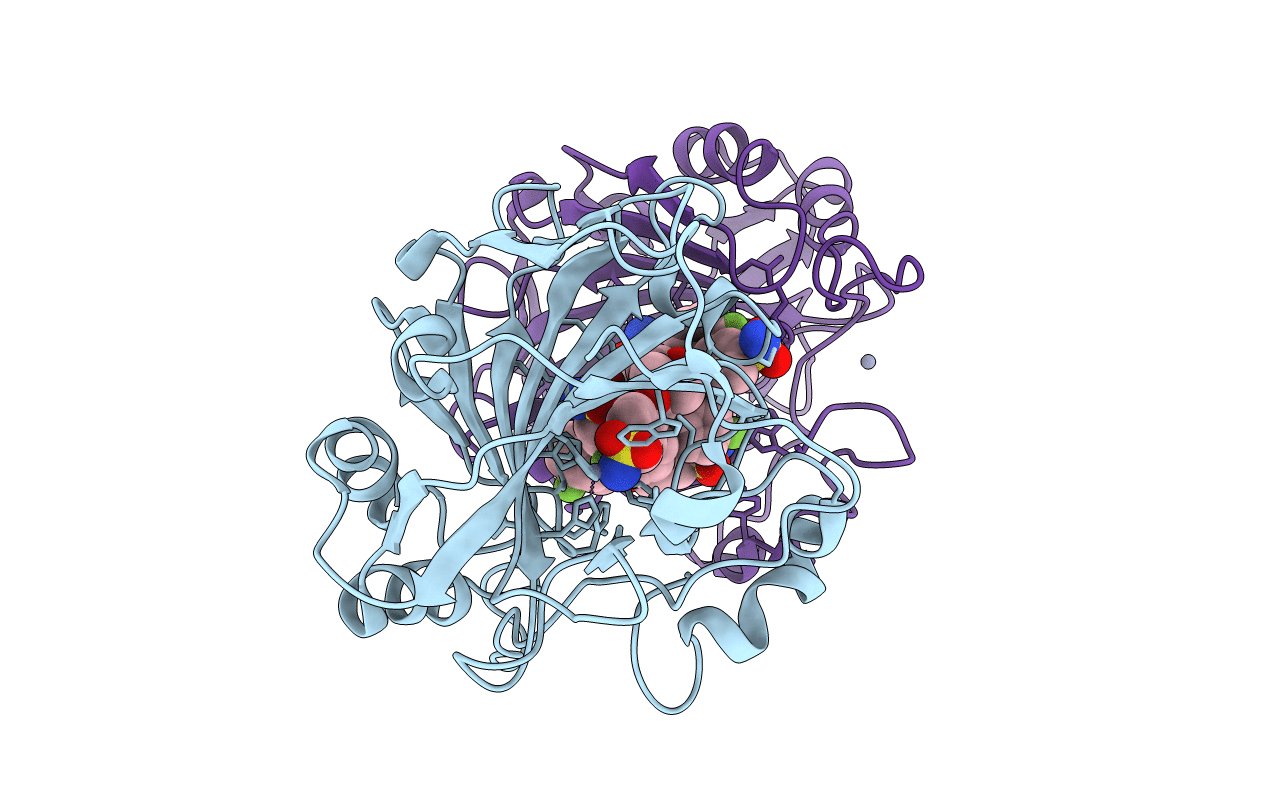
Deposition Date
2016-07-14
Release Date
2017-05-24
Last Version Date
2023-11-08
Entry Detail
PDB ID:
5GMM
Keywords:
Title:
Crystal structure of human Carbonic anhydrase I in complex with polmacoxib
Biological Source:
Source Organism:
Homo sapiens (Taxon ID: 9606)
Host Organism:
Method Details:
Experimental Method:
Resolution:
2.00 Å
R-Value Free:
0.22
R-Value Work:
0.17
R-Value Observed:
0.17
Space Group:
P 21 21 21


